Uterine fibroids are often considered the most common benign gynaecological tumours in women of childbearing age. They cause onerous ailments – strong bleeding, abdominal pain, and may even prevent pregnancy.
Today, there are many known methods to treat fibroids, which improve the quality of life and allow to preserve the uterus and fertility.
Benign but troublesome
Fibroids are benign tumours starting in the muscle tissue of the uterus. Their incidence is difficult to pin down, since, in many women they do not manifest any symptoms. On the basis of various examinations, specialists from the Polish Gynaecological Society assess that they occur in 20-40 percent of women of childbearing age in Poland.
These tumours may not be life threatening, but they can produce very unpleasant symptoms, which reduce the quality of life. The most serious of these is profuse bleeding – not just during menstruation – which may lead to iron deficiency, anaemia, and fatigue.
Fibroids can also be accompanied by abdominal pain, backaches and symptoms associated with their pressure on the organs near the uterus. For example, if a tumour exerts pressure on the rectal wall, this may entail constipation and pain during defecation.
The relation between uterine fibroids and reduced fertility continues to be studied. An analysis of 23 essays published in April of 2009 in “Fertility and Sterility" magazine leads to the conclusion that fibroids make it difficult to get pregnant and may have a negative effect on a pregnancy, as they increase the risk of spontaneous miscarriage and premature childbirth. However, this depends on their location.
The causes of fibroids have not been fully explored. However, research shows that they are related to the disorders of sex hormone balance in the organism. The existence of genetic predispositions for fibroids has also been established. Obesity is a factor increasing the risk.
A surgery is not always necessary
Most fibroids can be diagnosed through a gynaecological test and a transvaginal ultrasound. In certain cases other methods are used, such as hysteroscopy (endoscopy of the uterine cavity) or magnetic resonance imaging.
There is no need for treatment in women whose fibroids are not inconvenient and do not interrupt their lives. However, they should undergo regular imaging examinations to assess the size of the tumour, because, although in rare cases, a fibroid can transform into a malignant tumour called sarcoma.
The treatment method for uterine fibroids should be adapted to their location, size, growth pace, and the future plans of the patient.
The standard therapy continues to be surgical treatment - from hysterectomy, i.e. the removal of the uterus to minimally invasive conservative procedures, which include laparoscopic surgery, hysteroscopy, myolysis, cryomyolysis, and others. They spare the uterus, but do not guarantee that the fibroid will not reappear in the future. Embolisation, i.e. the closing of the aortas of the uterus, is also applied, however, it is not recommended for women planning to become mothers.
In 2012, the European Medical Agency (EMA) granted marketing authorisation to a drug containing ulipristal acetate for pre-surgery use in fertile women with symptomatic uterine fibroids. Studies show that it considerably soothes the ailments and allows to prepare the patients for minimal invasion surgery, because it reduces the size of the tumours, and in some cases even allows the surgery to be delayed.


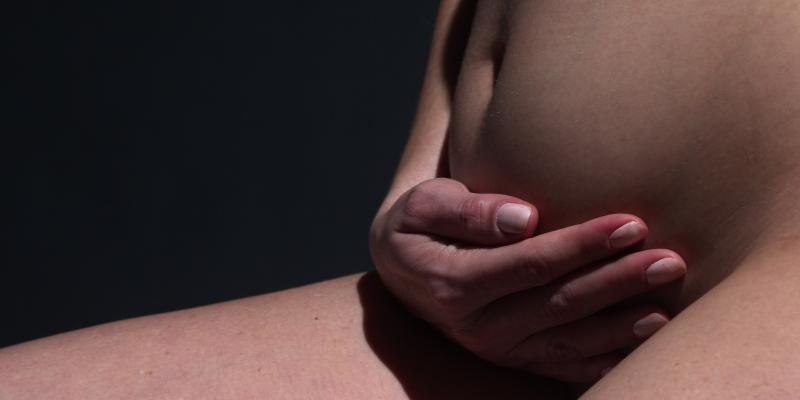

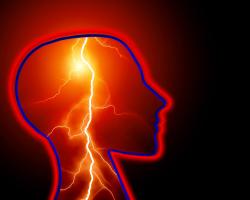
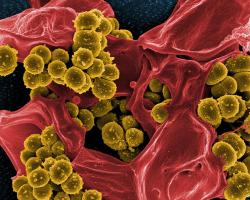

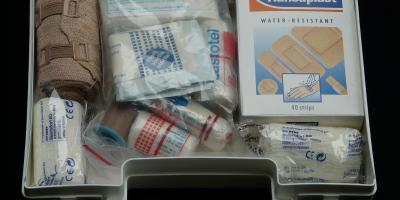
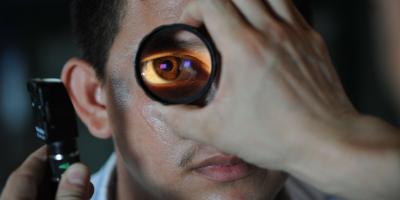
Comments (0)